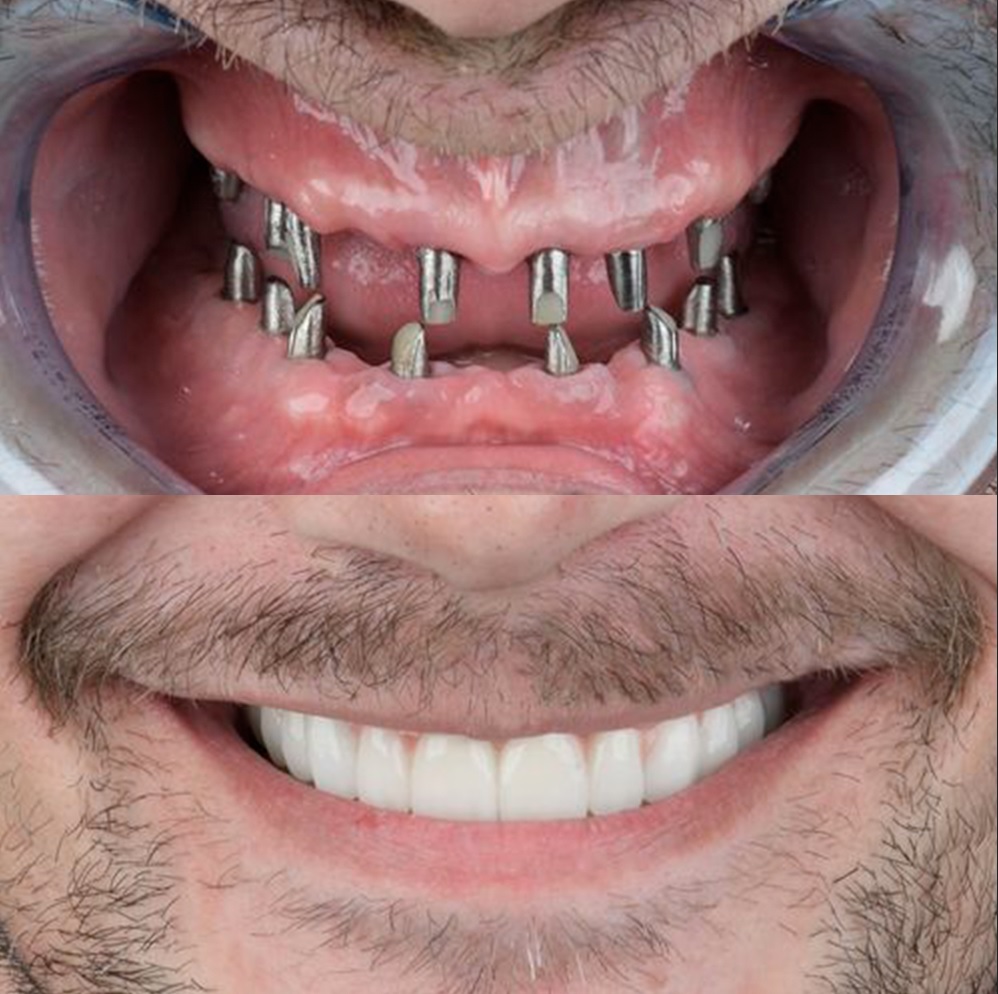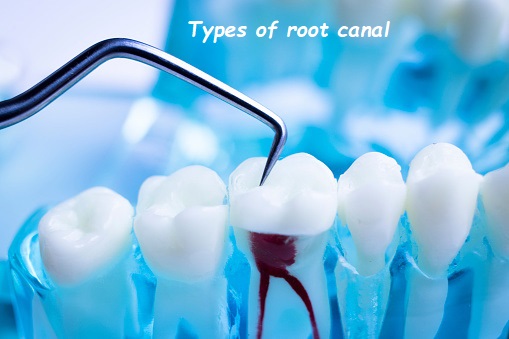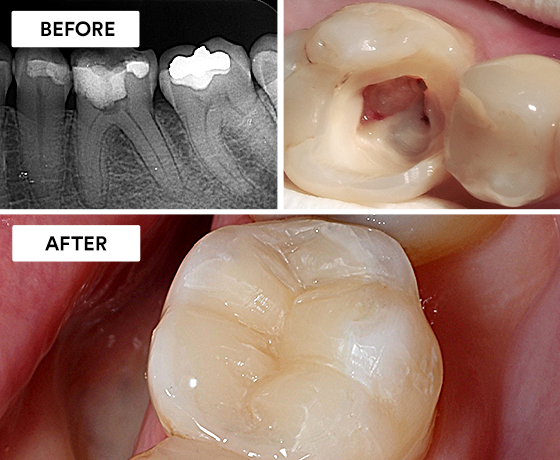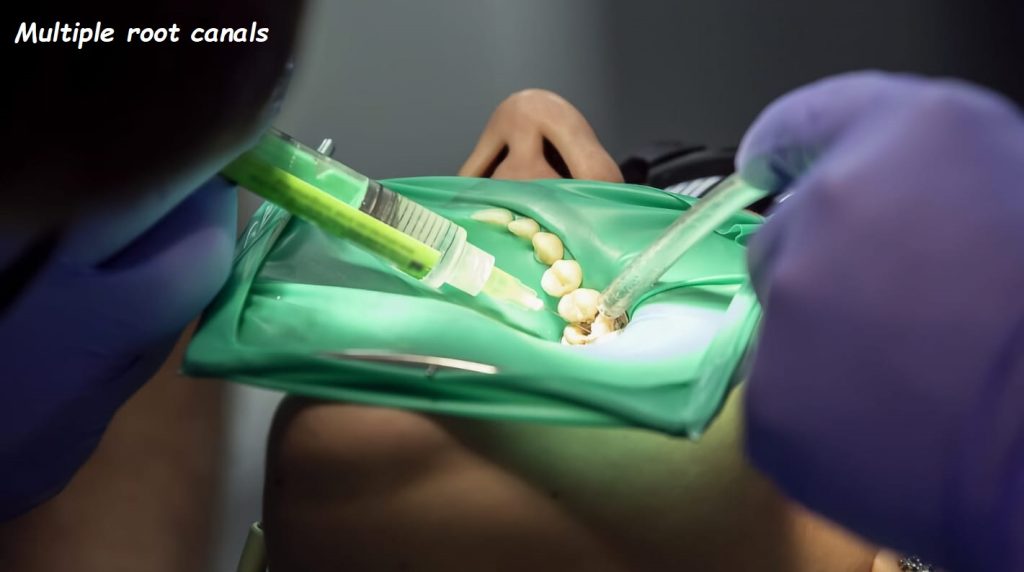reverse root canal

Understanding the Concept of Reverse Root Canal: Feasibility, Alternatives, and Innovations
Introduction
Root canal therapy is a common dental procedure aimed at saving a tooth with infected or damaged pulp. While highly effective, some patients express concerns and seek alternatives, wondering if a “reverse root canal” is possible. This article explores the concept of reversing a root canal, evaluates potential alternatives, and examines the latest innovations in dental treatments that might offer solutions for those seeking to avoid or undo a root canal.
The Basics of Root Canal Therapy
Root canal therapy, or endodontic treatment, involves removing infected or damaged pulp from within a tooth. The procedure is performed to eliminate pain, stop infection, and save the natural tooth. The steps include:
- Diagnosis and Preparation: The dentist examines the tooth and takes X-rays to assess the extent of damage or infection.
- Pulp Removal: The dentist removes the infected or damaged pulp from the tooth’s root canals.
- Cleaning and Shaping: The empty canals are cleaned, disinfected, and shaped to prepare them for filling.
- Filling and Sealing: The canals are filled with a biocompatible material called gutta-percha and sealed to prevent reinfection.
- Restoration: A crown or filling is placed to restore the tooth’s function and appearance.
The Concept of a Reverse Root Canal
The idea of a “reverse root canal” suggests reversing the effects of a root canal, potentially restoring the tooth’s original state. However, this concept is not feasible in traditional dentistry for several reasons:
- Irreversibility of Pulp Removal: Once the pulp is removed, it cannot be regenerated. The pulp contains nerves and blood vessels vital for the tooth’s health, and its removal is permanent.
- Structural Changes: The process of cleaning and shaping the canals involves removing some tooth structure, making it impossible to restore the tooth to its original anatomy.
- Filling Material: The gutta-percha used to fill the canals is designed to be permanent. Removing it would be highly challenging and could damage the tooth further.
Given these limitations, the focus shifts to preventing the need for root canals and exploring alternative treatments.
Alternatives to Root Canal Therapy
For patients looking to avoid root canal therapy, several alternatives can be considered, depending on the tooth’s condition and the extent of damage or infection:
1. Direct Pulp Capping:
Direct pulp capping is a procedure used to treat a tooth with minimal pulp exposure due to decay or trauma. The dentist places a biocompatible material over the exposed pulp to encourage healing and the formation of reparative dentin. This method can sometimes prevent the need for a root canal.
2. Indirect Pulp Capping:
Indirect pulp capping is used when the decay is close to the pulp but has not yet exposed it. The dentist removes the decayed tissue and places a protective material over the remaining dentin. This procedure aims to preserve the pulp’s vitality and avoid a root canal.
3. Pulpotomy:
Pulpotomy is commonly performed on children with primary teeth. It involves removing the infected part of the pulp while preserving the healthy portion. The tooth is then sealed and restored. This procedure can sometimes be used on permanent teeth as an interim measure.
4. Extraction and Replacement:
In cases where the tooth is too damaged to be saved, extraction may be the best option. The missing tooth can be replaced with a dental implant, bridge, or denture. While extraction is a more invasive solution, it can eliminate the infection and restore oral health.
Innovations in Dental Treatments
Advancements in dental technology and techniques have led to new approaches that can help prevent or provide alternatives to root canal therapy:
1. Regenerative Endodontics:
Regenerative endodontics aims to regenerate the pulp tissue and restore the tooth’s vitality. This cutting-edge approach involves using stem cells, growth factors, and scaffolds to encourage the growth of new pulp tissue. While still in the experimental stage, regenerative endodontics holds promise for the future of dental care.
2. Laser Therapy:
Laser therapy can be used in conjunction with traditional root canal procedures or as an alternative treatment. Lasers can effectively disinfect the root canals, reduce bacteria, and promote healing. This minimally invasive technique can improve the success rate of endodontic treatments.
3. Ozone Therapy:
Ozone therapy involves using ozone gas to disinfect the root canals and eliminate bacteria. This approach can be used as an adjunct to conventional root canal therapy or as a preventive measure. Ozone therapy is known for its antimicrobial properties and ability to enhance healing.
4. Biomimetic Materials:
Biomimetic materials are designed to mimic the natural structure and function of tooth tissues. These materials can be used in restorative procedures to preserve tooth vitality and avoid the need for root canals. They promote natural healing and reduce the risk of infection.
Preventive Measures to Avoid Root Canals
Preventing the need for root canal therapy is the best approach to maintaining oral health. Here are some preventive measures to consider:
1. Maintain Good Oral Hygiene:
Brush your teeth at least twice a day with fluoride toothpaste and floss daily to remove plaque and prevent decay. Regular dental check-ups and professional cleanings are also essential.
2. Protect Your Teeth:
Wear a mouthguard during sports activities to prevent trauma to your teeth. Avoid using your teeth to open packages or bite hard objects that could cause damage.
3. Address Dental Issues Promptly:
If you experience tooth pain, sensitivity, or notice any signs of decay or infection, seek dental care immediately. Early intervention can prevent the progression of problems that might require a root canal.
4. Healthy Diet:
Maintain a balanced diet low in sugary foods and beverages. Sugary diets can contribute to tooth decay and increase the risk of needing a root canal.
Patient Experiences and Case Studies
Understanding real-life experiences can provide valuable insights into the feasibility of alternatives to root canal therapy and the effectiveness of preventive measures. Here are a few case studies highlighting different scenarios:
Case Study 1: Successful Direct Pulp Capping
Emma, a 25-year-old woman, visited her dentist with a small cavity in her molar. Upon examination, the dentist found that the decay had reached close to the pulp. Instead of recommending a root canal, the dentist performed a direct pulp capping procedure using a biocompatible material. Emma’s tooth healed successfully, and she avoided the need for a root canal.
Case Study 2: Regenerative Endodontics
David, a 40-year-old man, experienced severe tooth pain and was diagnosed with pulp necrosis. Rather than undergoing a traditional root canal, he opted for a regenerative endodontic procedure. The treatment involved the use of stem cells and growth factors to regenerate the pulp tissue. Over several months, David’s tooth regained vitality, and he was able to avoid the root canal.
Case Study 3: Ozone Therapy as Preventive Measure
Lily, a 30-year-old woman, had a history of dental issues and was at high risk for needing root canals. Her dentist recommended ozone therapy as a preventive measure. Regular ozone treatments helped disinfect her teeth and prevent infections, significantly reducing her need for endodontic procedures.
Psychological and Social Impact of Root Canal Therapy
While root canal therapy is a routine dental procedure, it can have psychological and social impacts on patients. Understanding these aspects can help dental professionals provide better care and support:
1. Anxiety and Fear:
Many patients experience anxiety and fear related to root canal therapy. This can stem from misconceptions about the procedure’s pain and complexity. Providing clear information, reassurance, and sedation options can help alleviate these concerns.
2. Financial Concerns:
The cost of root canal therapy and subsequent restorations can be a significant concern for patients. Dental professionals should discuss the financial aspects and offer payment plans or insurance options to make treatment more accessible.
3. Impact on Daily Life:
Pain and discomfort before, during, and after root canal therapy can affect a patient’s daily life. Ensuring effective pain management and providing guidance on post-treatment care can help patients return to their normal routines quickly.
Future Directions in Dental Research
Ongoing research in dental science continues to explore new ways to improve endodontic treatments and develop alternatives to root canal therapy. Key areas of focus include:
1. Stem Cell Research:
Advancements in stem cell research hold promise for developing regenerative treatments that can restore tooth vitality and eliminate the need for root canals.
2. Nanotechnology:
Nanotechnology offers potential applications in dental materials and treatments. Nanoparticles can enhance the properties of restorative materials, improve disinfection, and promote healing.
3. Bioceramics:
Bioceramic materials are being explored for their potential to improve the outcomes of endodontic treatments. These materials can enhance sealing, reduce bacterial contamination, and promote healing.
4. Personalized Medicine:
The concept of personalized medicine involves tailoring treatments to an individual’s genetic and biological makeup. This approach can optimize dental care and improve the success rates of procedures like root canal therapy.
The Role of Dental Professionals
Dental professionals play a crucial role in educating patients about their options and providing the best possible care. Key responsibilities include:
1. Patient Education:
Providing clear and accurate information about root canal therapy, alternatives, and preventive measures is essential. Educating patients about the importance of oral hygiene and early intervention can help prevent the need for root canals.
2. Comprehensive Examination:
Conducting thorough examinations and using advanced diagnostic tools can help identify issues early and recommend appropriate treatments. This can include assessing the risk factors for pulp damage and decay.
3. Collaborative Care:
Collaborating with specialists, such as endodontists, periodontists, and oral surgeons, can ensure that patients receive the best possible care. This multidisciplinary approach can improve treatment outcomes and patient satisfaction.
4. Continuing Education:
Staying updated with the latest advancements in dental science and technology is crucial for providing cutting-edge care. Dental professionals should engage in continuing education to enhance their skills and knowledge.
Conclusion
While the concept of a reverse root canal is not feasible, various alternatives and preventive measures can help patients avoid the need for root canal therapy. Advances in dental technology, such as regenerative endodontics, laser therapy, and ozone therapy, offer promising solutions for preserving tooth vitality and preventing infections. Maintaining good oral hygiene, protecting teeth from trauma, and addressing dental issues promptly are essential steps in preventing the need for root canals. Dental professionals play a vital role in educating patients, conducting thorough examinations, and providing comprehensive care to ensure optimal oral health. As research in dental science continues to evolve, new treatments and innovations will further enhance the ability to save natural teeth and improve patient outcomes.









